Poland is a country of 1000-year-old history, rich traditions and abundant cultural heritage. The legacy of bygone centuries that includes monuments of architecture, historical mementos and masterpieces of art is perfectly combined with the wealth of Polish nature and its original landscapes. Millions of tourists visit Poland every year.
All those who wish to deepen their knowledge of history and see outstanding art pieces should travel to our country in order to admire Poland’s UNESCO sites entered on the World Cultural and Natural Heritage List. The list created by the United Nations Educational, Scientific and Cultural Organization (UNESCO) distinguishes buildings and sites that constitute the most valuable examples of peoples’ material culture, products of human genius or unique nature reserves. The states that possess those special sites on their territory are bound to protect them from destruction.

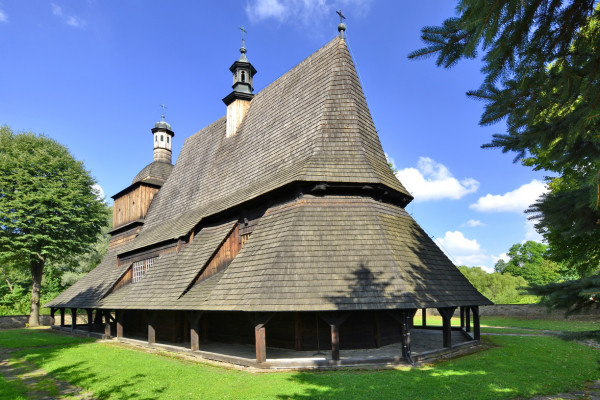
Some of these churches are several hundred years old and six were entered on UNESCO’s World Cultural Heritage List. Famous architects designed none of them. Simple carpenters constructed them all. The oldest one is the 15th-century church in Haczów, made of fir-wood and covered with shingles. Fragments of wall paintings were uncovered in the church interiors.
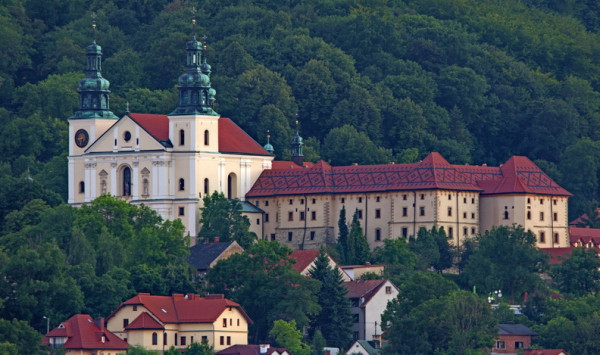
The Baroque church (17th c) contains the revered painting of Our Lady of Kalwaria Zebrzydowska. The Calvary, the Way of the Cross, is lined with shrines, chapels and small churches and is picturesquely set on hills and in the valley of a stream.
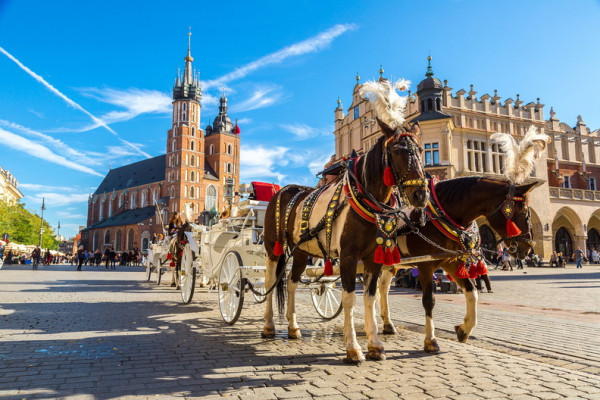
The Medieval urban layout of the Old Town has not changed for centuries. Every visitor to Cracow should see Europe’s largest Medieval market square with its Cloth Hall, the Church of the Holy Mary with its Gothic pentaptych altarpiece carved from limewood, Wawel Hill and its royal castle and the Wawel cathedral with its outstanding Renaissance chapel, the Medieval university building of Collegium Maius with its unique collection of astronomical instruments, the Barbican, and St Florian’s Gate. The Jewish quarter of Kazimierz features a wealth of Jewish heritage with its 16th century cemetery and seven synagogues of which one is now the Jewish museum. Each summer the Jewish Culture Festival is held and attracts Jewish culture lovers from the whole world. Other cultural events held in Cracow each year attract thousands of visitors. In the suburban town of Tyniec stands a Benedictine Abbey dating back to the 11th century.
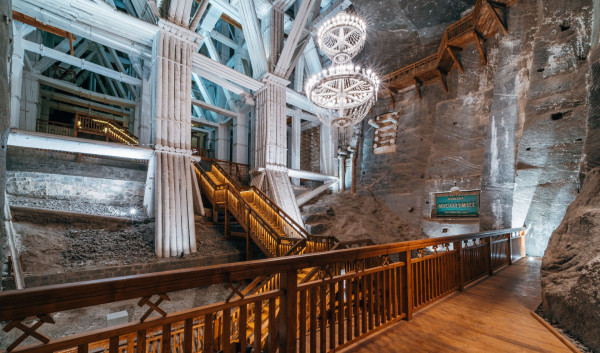
Together with the neighboring Bochnia it is one of the oldest salt mines in the world. These are also one of the oldest running companies. Let us take a walk through some of the 20 large chambers of the three-kilometer-long sightseeing route. Already during the 2nd UNESCO Conference on the List of World Heritage the Polish “Wieliczka” Salt Mine was entered into UNESCO’s First World List of Cultural and Natural Heritage. Together with the neighboring Bochnia it is one of the oldest salt mines in the world. These are also one of the oldest running companies in the world.
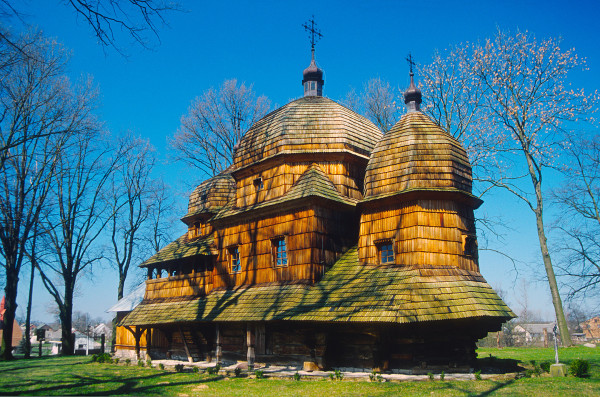
Situated on the eastern edge of Eastern Europe, the transnational property numbers a selection of 16 tserkvas –churches built of horizontal wooden logs between the 16th and 19th centuries by communities of the Eastern Orthodox and Greek Catholic faiths.
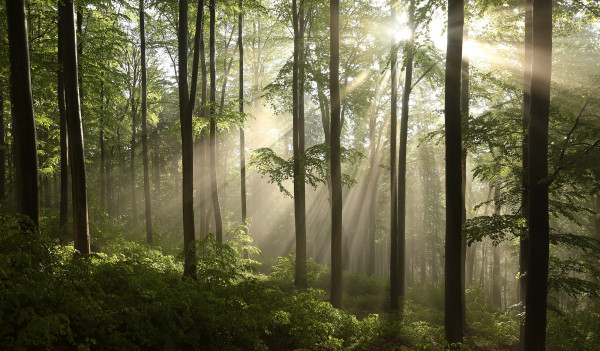
Polska jest jednym z pierwszych państw – sygnatariuszy Konwencji UNESCO o Ochronie Światowego Dziedzictwa. Obiekty i miejsca wpisane na listę stanowią wspólne dobro ludzkości, które charakteryzuje najwyższa powszechna wartość.
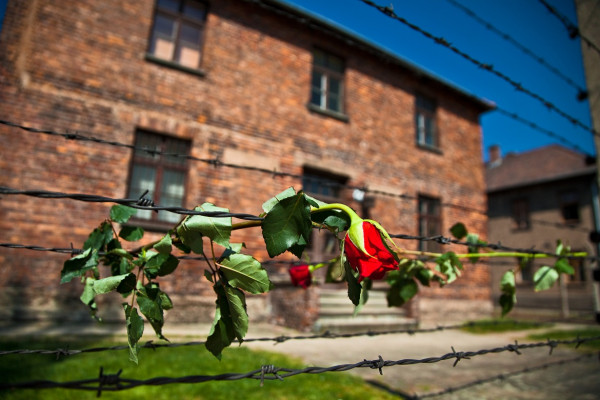
The Auschwitz-Birkenau Museum and Memorial is visited by great numbers of pilgrims. Many heads of state on official visits to Poland come here to pay homage to the victims of Nazi genocide.
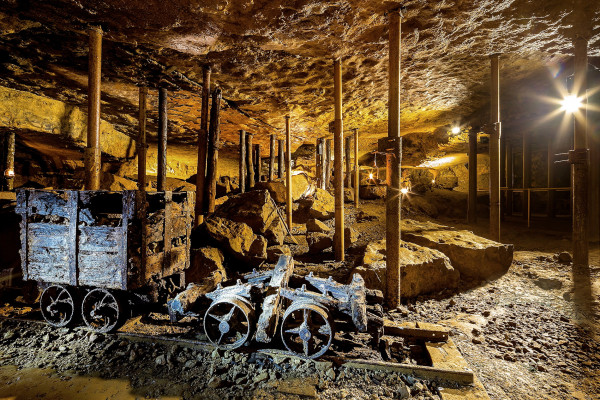
An exquisite tourist attraction was added to the UNESCO World Heritage List was added in July 2017 – Tarnowskie Gory Lead-Silver-Zinc Mine and its Underground Water Management System.
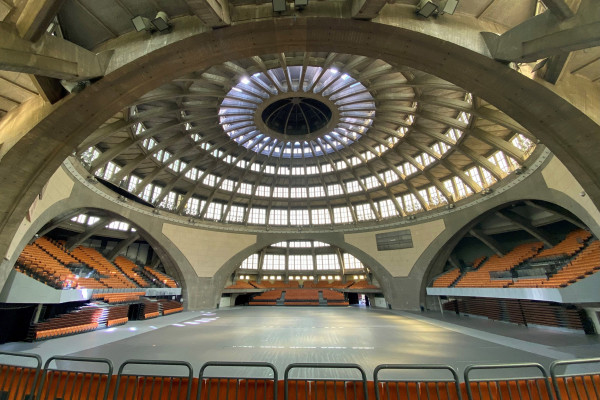
It is not a frequent occurrence that a building merely 100 years old is honoured in this way. Construction of the Centennial Hall is one of the turning points in the history of the utilisation of steel for reinforcing structural frames of buildings.
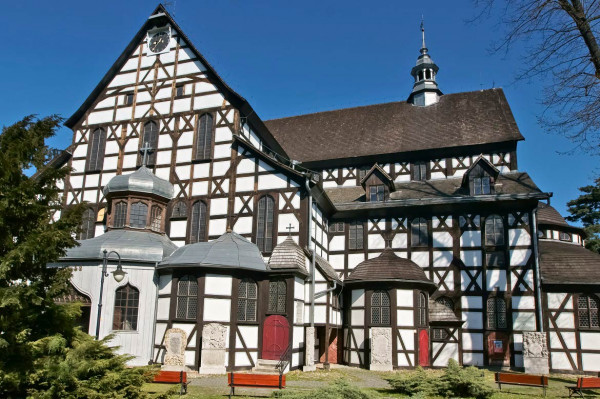
UNESCO Conference on the List of World Heritage took place in Helsinki in December 2001. During this meeting Poland, supported actively by Germany, suggested to add two Silesian Churches of Peace to the UNESCO World Cultural Heritage List. This wish was fulfilled and as a result the List was enlarged by the two biggest European sacral buildings constructed by the use of timber framing.
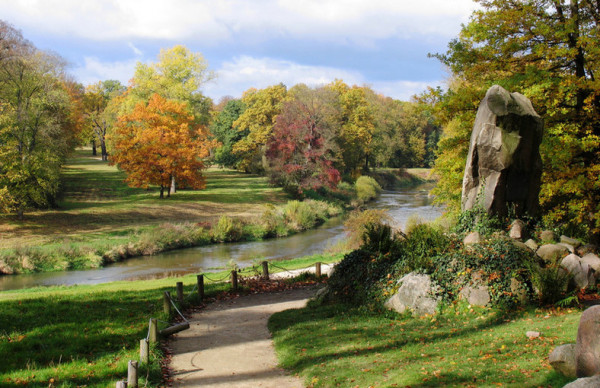
The landscape park of the eccentric Prince Hermann Ludwig Heinrich von Pückler-Muskau in Bad Muskau, known on the Polish side as the Mużakowski Park in Łęknica, is one of the most outstanding achievements in European landscape architecture of the 19th century.
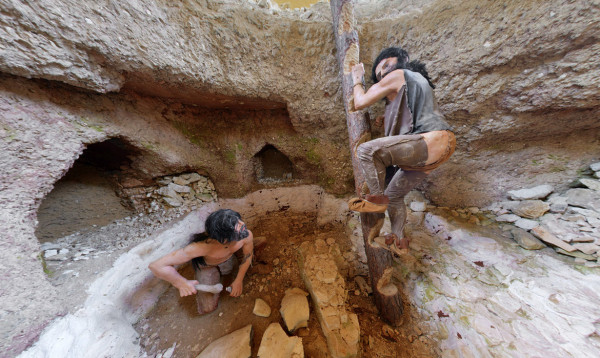
Located in the mountain region of Świętokrzyskie, Krzemionki is an ensemble of four mining sites, dating from the Neolithic to the Bronze Age (about 3900 to 1600 BCE), dedicated to the extraction and processing of striped flint, which was mainly used for ax-making.
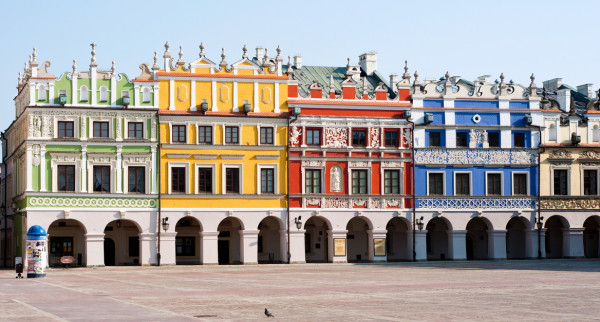
The originator and, as we would call him today, the developer of the city was Jan Sariusz Zamoyski, the Great Chancellor of the Crown, magnate and magistrate, one of the most affluent people in the history of the world. With a purchasing power of at least twice as much as the one of Bill Gates and an excellent educational background, he was able to make his dreams come true. One of the most popular Italian architects of the time, Bernardo Mornado, was employed to draw the plans and supervise the construction works of Nowy Zamość. Born around 1540 the engineer had been working in Poland since 1569. Before signing the contract for constructing Zamość he had already completed several works for King Batory and several Polish magnates.
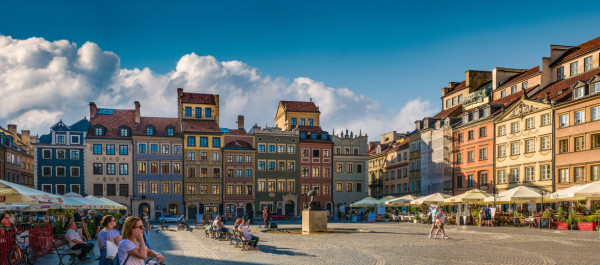
The historic center of Warsaw constitutes an exception on UNESCO’s World Cultural Heritage List. It’s the only urban complex almost entirely reconstructed after the WWII total destruction. The careful reconstruction was so well done that the international community demonstrated its great appreciation through putting the historic city center of Warsaw on the list of the unique world heritage sites.
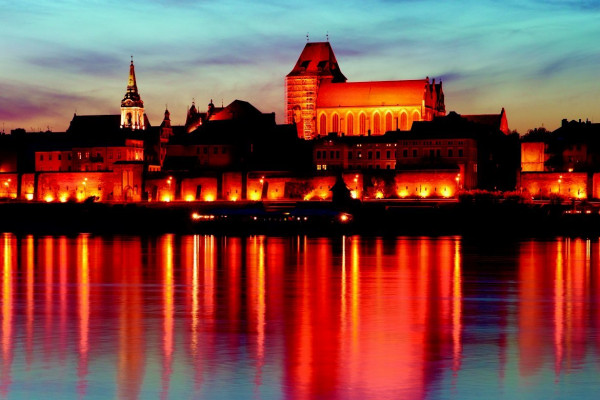
Thanks to the great astronomer Nicolaus Copernicus and to the flavor of the famous Torunian gingerbread as well as to the charm and character of one of Europe’s most beautiful old towns, Toruń is a city widely known in Poland and also far beyond its borders. Toruń’s historic core, represented by its well preserved complex of medieval architecture and the original urban layout, was included on UNESCO’s World Heritage List in 1997.

In 1992, UNESCO extended the status of the park of world heritage to the east by adding the bordering Belarusian national park „Białowieżskaja Puszcza”. This led to the creation of one of the world’s seven and Europe’s three world heritage sites which lie on both sides of a national boarder. The surface of the entire forest exceeds 150 thousand ha (62 thousand ha are within the Polish boarders), strict reserves are significantly smaller.
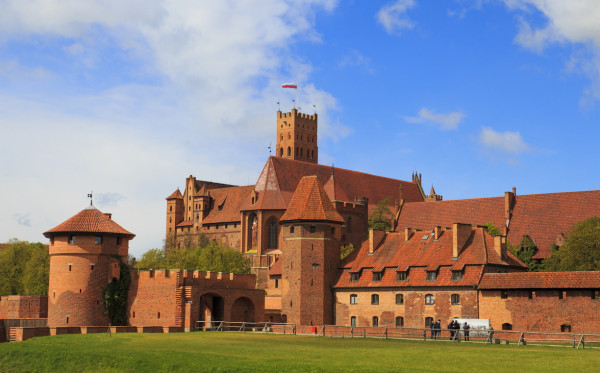
It is registered on the UNESCO World Heritage List. The castle is encircled by defensive walls with gates and towers. The Grand Master’s palace is believed to be the highest achievement in the late-Gothic style.
Photos from Poland
See photos of instagramers


